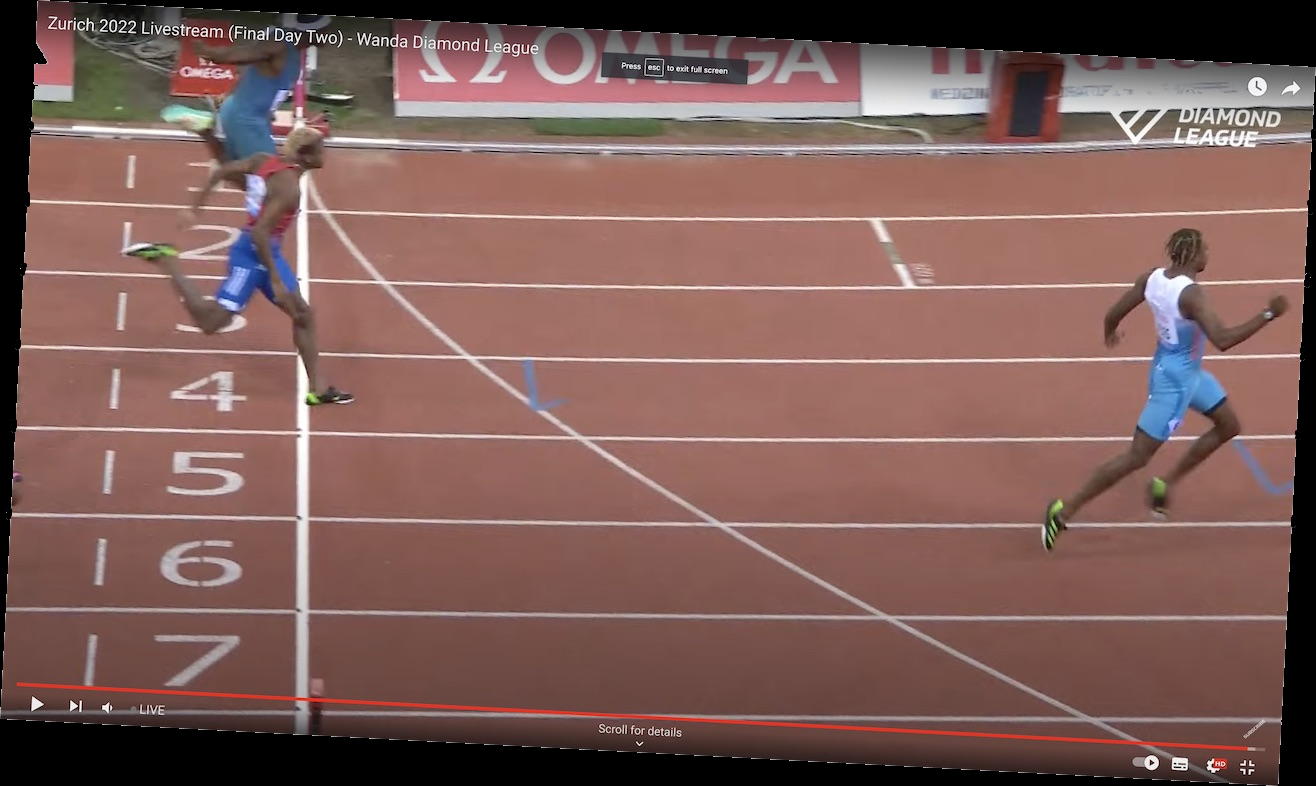In a recent post of mine I was reporting on the decision of the "Union Internationale du Pentathlon Moderne" to replace the equestrian event by an obstacle race. And while I consider Modern Pentathlon a superannuated discipline that should have disappeared with the demise of de Coubertin, I was, in a sense, proud, having suggested that the best choice for a new even was an obstacle course. In my post I criticised strongly the fact that the obstacle course which is being proposed is a watered-down event with just 10 obstacles over 100 metres.
My reference is always the CISM-military pentathlon obstacle event with a 500 m course comprising 20 obstacle. But as I started interesting myself in obstacle races I decided to dig deeper and report on my findings. A reason for this is also the fact that there is a certain excitement in the milieu of obstacle races, with people hoping that, once an obstacle race is in the olympic program, be it a kindergarten variety, the road will be open for more serious obstacle events. (I am convinced that they are deluding themselves, but that is neither here nor there).
Obstacle courses became known to the public at large thanks to tv programs, the most famous of them being Wipeout that aired on ABC from 2008 to 2014. (It was rebooted in 2020 on TBS). It's essentially a game, where the obstacles are trying to trip the participant. However it requires real athletic qualities and a good coordination. By now there exist several wipeout-parks all over the world for people who would like to face the challenge without having to appear on tv.
The Wikipedia gives a precise definition of what is an obstacle course
An obstacle course is a series of challenging physical obstacles an individual must navigate, usually while being timed. Obstacle courses can include running, climbing, jumping, crawling, swimming, and balancing elements with the aim of testing speed, endurance and agility.
and the corresponding article provides a slew of links to tv shows, as well as competitive obstacle racing.
The World Obstacle federation (Fédération Internationale de Sports d'Obstacles) is the international body governing the obstacle course sport. It has been officially founded in 2018, although the first discussions towards the creation of an international body had taken place already in 2014. Once World Obstacle was created the content of the competitions was standardised. They comprise now three specialties: Ninja course, obstacle course and adventure course.
The Ninja course racing corresponds to short obstacle courses, in the spirit of Ninja Warrior. (The later is an emanation of the japanese tv show Sasuke, going back to 1997, that has been copied world-wide under the japan-evoking name). The competitions are held over 25 to 200 m with 4 or more obstacles. Contrary to Wipeout all errors are eliminatory and the attempt is timed. The first world championships of obstacle racing, held in 2022, comprised among others a 100 m sprint with 10 obstacles. It is clear that it's this event that inspired the UIPM and led to the new event in modern pentathlon.
The obstacle course proper is a longer race ranging from, the short track, 3 km (with 20 obstacles) to the standard, 12 km (with 40 obstacles) and all the way to the ultra over 50 km (with 60 obstacles).
Finally the adventure course is a race that covers from a few hours to many days expeditions. Natural terrain obstacles such as mountains, deserts, rivers and sea are common.
One cannot talk about obstacle races without mentioning the Spartan Race. It's an obstacle race but it belongs to a private entity. It was founded in 2007 and is supposedly a spin-off of the "Death Race" a 48-hour endurance event, albeit more manageable. Spartan races cover roughly the same distances as the Obstacle Course Races, from 5 km with 20 obstacles all the way up to the ultra, of 50 km.
The one thing that I do not like about Spartan are their medals. I do not understand why at a certain point they decided to copy the names of military units from ancient Sparta and, totally lacking culture, produced inscriptions with grammatical errors.
Spartan races are really hard but crazy people do exist. So there are some who find even the Spartan Ultra too tame. So, the Spartan Death Race was introduced. It's, a 72 hours event with excruciatingly tough obstacles, many requiring teamwork. Just think about it for a moment: carry a 25 kg sandbag over the distance of a marathon, climb 10 km of rope in 7 hours, do 3000 burpees in 12 hours and that's just a small part of the torture. At times one wonders why people are ready to inflict upon themselves such punishments.














